Marie Curie died of aplastic anemia from working with radiation and her coffin was later discovered by excavators to be lined with 2.5 mm thick lead.
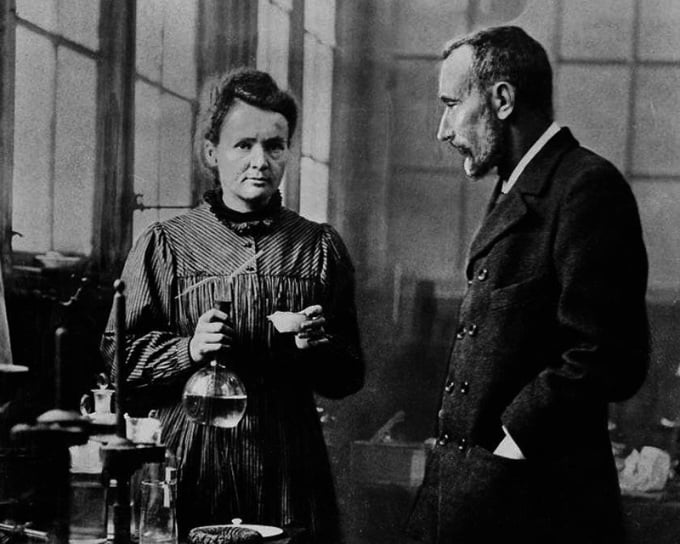
Marie Curie with her husband, Pierre Curie. Photo: Wikimedia
Today, Marie Curie is remembered for her pioneering research on radioactivity, which not only earned her two Nobel Prizes but also earned her the title of “mother of modern physics.” Her research on the radioactive elements polonium and radium left a lasting scientific legacy, but these substances also had a lasting impact on her body, IFL Science reported on May 25.
Curie was not only the first woman to win a Nobel Prize, but also the only woman to win the prize in two different fields. In 1896, French physicist Henri Becquerel noticed that uranium salts emitted rays similar to X-rays in their ability to penetrate objects. Curie studied Becquerel's work as part of her thesis. She and her husband, Pierre Curie, began their research. They discovered radium and polonium, two new radioactive elements, in 1898. This discovery earned the Curies half of the 1903 Nobel Prize in Physics. Becquerel shared the other half.
In 1911, after personal tragedy (Pierre Curie died suddenly in 1906), Curie was awarded the Nobel Prize in Chemistry for isolating pure radium. She devoted herself to studying the chemical properties of radioactive substances and their applications in medicine. Without Curie's research, cancer treatments might not have developed as they are today. But despite precautions, frequent exposure to these substances over a long period of time still had consequences for Marie Curie.
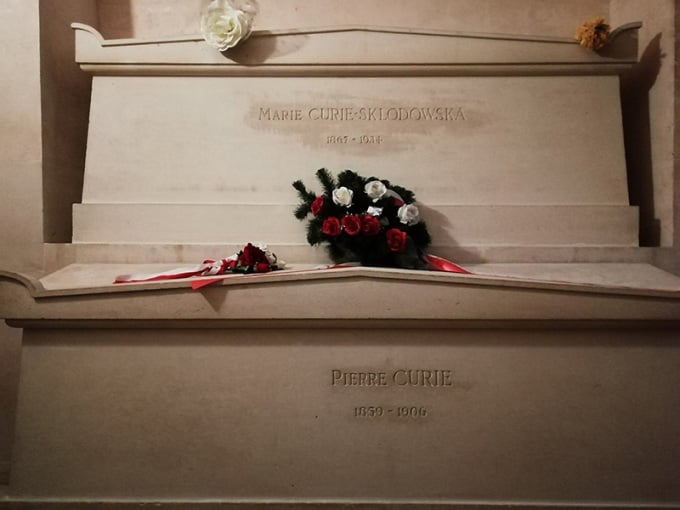
Tomb of Pierre and Marie Curie in the Panthéon. Photo: Wikimedia
Marie Curie died on July 4, 1934, from aplastic anemia caused by her work with radiation. This is a rare blood disease that occurs when the bone marrow does not produce enough new blood cells for the body to function properly. When she died, her body was so radioactive that she had to be placed in a lead-lined coffin. However, no one knew this until 1995, when her coffin was exhumed.
At the time, the French government wanted to move the Curies to a national mausoleum - the Panthéon - to honor their great contribution to science and their status as symbols of French history. The excavation team contacted the French Radiological Protection Agency due to concerns about residual radioactivity and asked for support to protect the workers in the cemetery.
As the excavation team approached the Curies’ grave, they found normal levels of radiation in the air. The levels increased as the grave was opened, though not by much. At first, Marie Curie’s coffin appeared to be made of ordinary wood. But when opened, the workers discovered it had a 2.5mm thick lead lining.
Subsequent tests revealed that Marie Curie's body was remarkably well preserved, with only low levels of alpha and beta radiation. This may have been because Curie took steps to limit her radiation exposure toward the end of her life, according to the Journal of the British Society for the History of Radiology .
Yet, 100 years later, many of her belongings, including furniture, cookbooks, clothing, and laboratory notes, remain highly radioactive. Some of the items are stored in lead-lined boxes at the Bibliothèque Nationale de France in Paris. Visitors must sign a liability waiver and wear protective gear to avoid contact with radium-226, an isotope with a half-life of about 1,600 years.
Thu Thao (According to IFL Science )
Source link



![[Photo] Binh Trieu 1 Bridge has been completed, raised by 1.1m, and will open to traffic at the end of November.](https://vphoto.vietnam.vn/thumb/1200x675/vietnam/resource/IMAGE/2025/10/2/a6549e2a3b5848a1ba76a1ded6141fae)




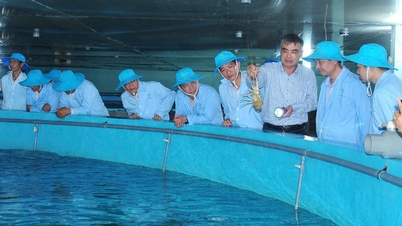



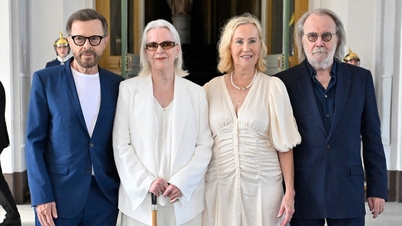










































































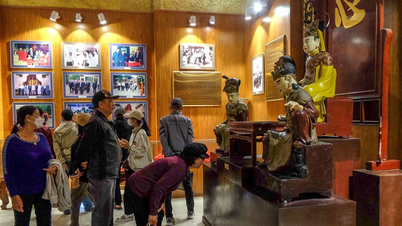
















Comment (0)